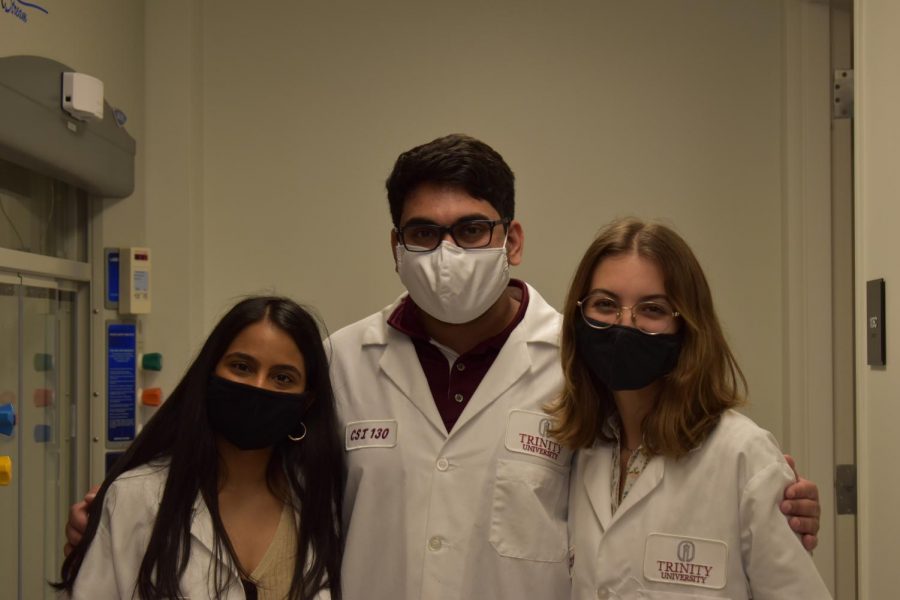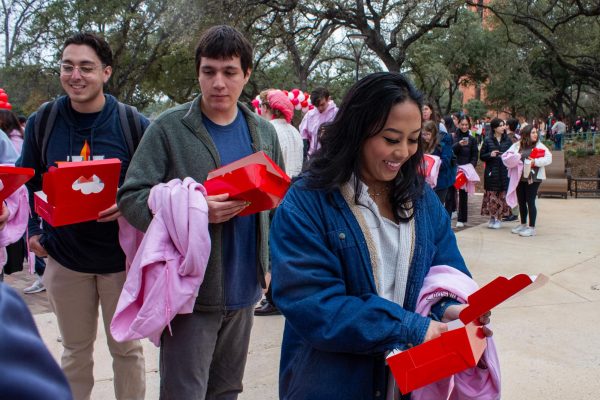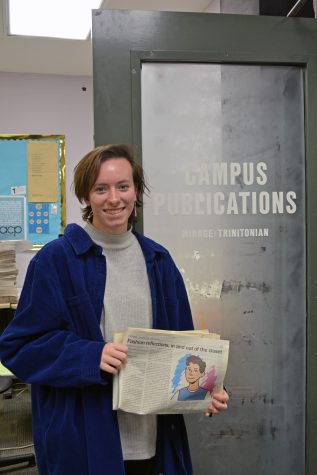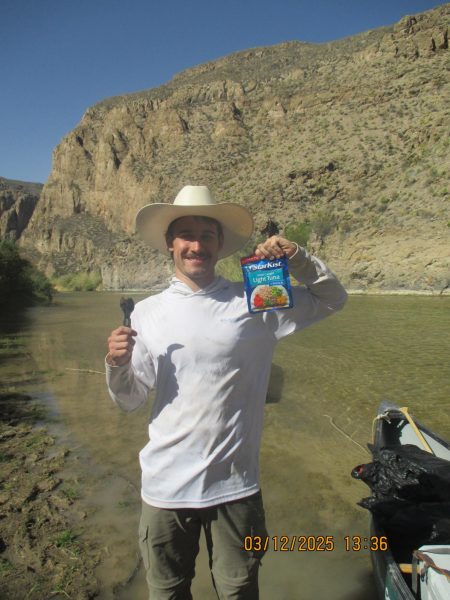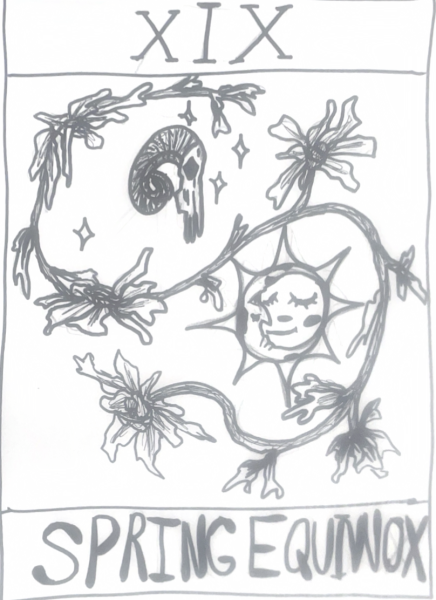Students publish research on rats and addiction
Under professor of psychology Kah-Chung Leong, students studied “sugar-seeking behavior” in rats
When you think of rats, you might think of a grimy sewer rodent, or maybe a tiny chef in Paris who led a restaurant to become a hit overnight. For three neuroscience undergraduates, however, rats are their cuddly lab partners that helped each of them publish their first research articles.
Under the direction of assistant professor of psychology, Kah-Chung Leong, the neuroscience majors studied sugar-seeking behavior in rats, under the conditioned place preference (CPP) paradigm. Their recent publication, “Oxytocin Attenuates Expression, but Not Acquisition, of Sucrose Conditioned Place Preference in Rats” combines the students’ and Leong’s research interests of oxytocin, addiction, and sugar-seeking behavior.
Students placed sugar pellets the size of tic-tacs into a chamber containing a white box and a black box separated by a narrow hallway. Because rats are nocturnal, they naturally chose the darker environment, so the researchers placed the sugar pellets in the white box to act as a rewarding substance to show the sugar-seeking behavior, which created an addictive tendency. Then, they gave the rats oxytocin injections, which reverted them to going back to the dark chamber, leading them to believe that oxytocin can revert addictive tendencies.
“It’s not often that undergraduate students get to really have the full experience of what research is like outside of those structured class labs,” said Leong. “Watching them really engage with the science, watching them go through the entire process of putting together a project, that’s not a very common thing for undergrads to experience.”
The project has been several years in the making, with students from prior years setting up the necessary groundwork for testing this new research hypothesis. From there, students have spent the past year developing the project, training to run experiments, creating technical procedures, collecting data, analyzing it, and going through the entire publication process.
Senior Devon Patel, an author on the publication who worked to train all group members, and ran trials, analyzed statistics, and co-authored the article, said he learned a lot about scientific writing in the process.
“[Scientific writing] is like a whole different beast. Of course I’ve written scientific papers in classes, but not to this level. So that was difficult trying to word it in a way that made sense but still trying to convey the accurate and complex information that would be expected from it,” said Patel.
Junior Megana Sundar enjoyed getting to apply her knowledge to a real world study.
“I really love [the research process]. It allows me to delve deeper into my major beyond what we learn in classes, you do lots of outside learning on your own and I like being able to do the technical things which we don’t really get to do in other labs,” said Sundar.
Not only was this study the first time these students were published, it was also the first time they all worked with rats. Sophomore Eva Lorenz didn’t expect to enjoy working with the rats as much as she did.
“Working with rats is exciting because all the rats are a little different. Strangely enough, it feels like they have different personalities! For instance, some like being held more than others and little things like that. I really thought they would all be the same.”
Leong exclusively works with animals for research, including rats. According to him, much of what we learn about their brains is applicable to humans, due to their similar brain structures. This allows for more consistency among participants, since they are bred to be genetically similar by companies like The Jackson Laboratory, which is used by Trinity science departments.
The implications of this study suggest that oxytocin could be used as a drug treatment for addiction, which provides groundwork for Sundar’s next study that will target a specific brain region to further test this hypothesis.
“I’m proudest of the fact that we’re doing things and producing material that’s relevant to the field of addiction. The fact that we’re making these contributions to the field and actually making a difference, it makes it feel a lot bigger than just running tests and writing papers like you would for a class,” Sundar said.
As Patel gets ready to attend the School of Medicine at the University of Toledo, he reflects on his final major project at Trinity.
“It’s been such a big part of my life for the past three years. I’m really proud that my lab babies were able to work on that paper. To see how much they grew and how much they taught me as well, and just to be able to have this manifestation of all the hard work that we’ve put in, that’s my proudest moment just to have that,” Patel said.
While Patel, Sundar, and Lorenz have enjoyed learning from Leong, who they call “amazing,” “personable,” and “always there to rely on,” Leong’s proudest moment is seeing his students grow.
“It makes me really happy when I see these students get something out of this research process. I really enjoyed watching these three authors develop as student researchers,” Leong said. “I’m proud that they can do this and they can succeed at it.”

My name is Claire Sammons and I am an Anthropology and Communications double major. I have worked for the Trinitonian since fall of 2020. I became a photographer...

